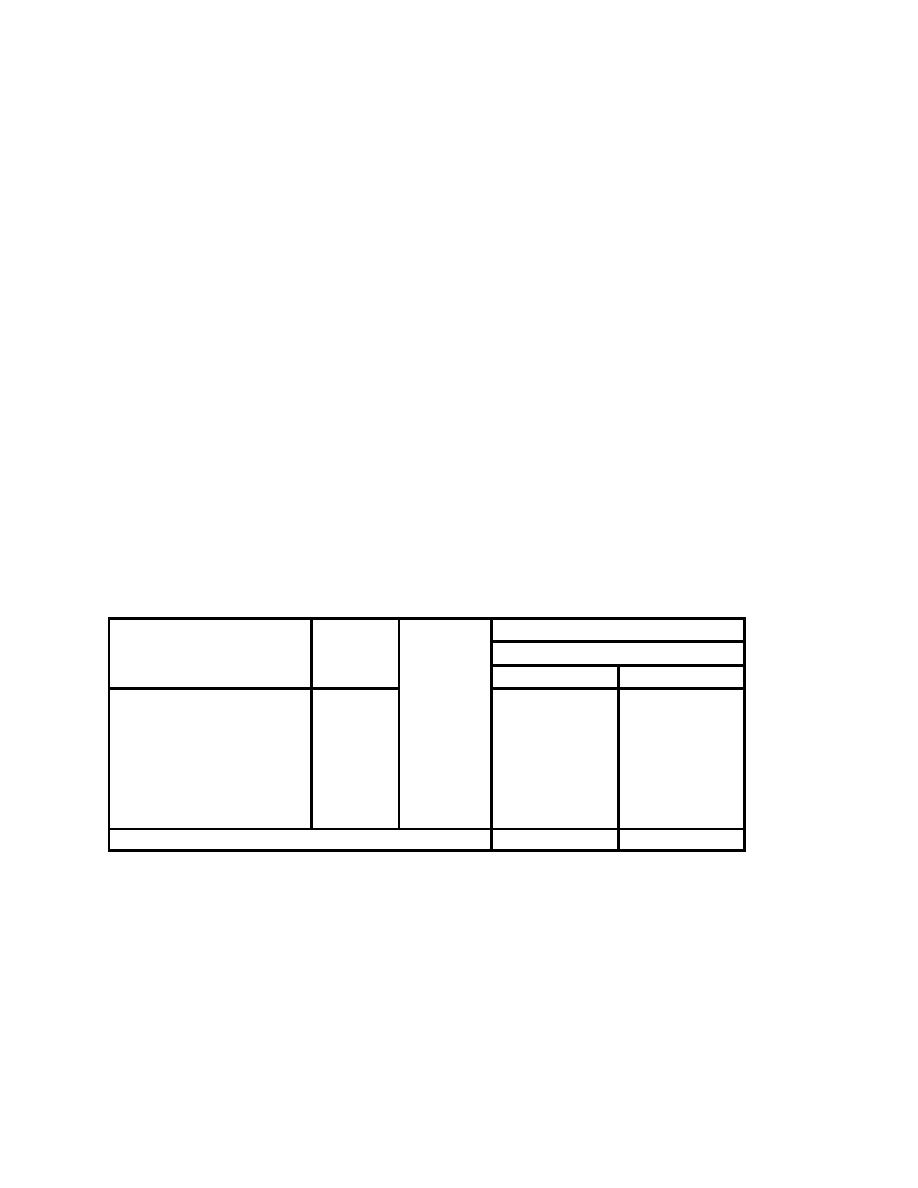
Selection of Site-specific Stabilization Techniques
approach that he or she feels the most "comfortable" with. This may be the one that either
the designer or the project sponsor has had success with, or the one which involves the least
modification to the stream.
It is often advisable to develop an "environmental sub-matrix" to assist in the selection
of the preferred stabilization method. The first step is to consider the five environmental
objectives which are discussed in 5.2.2, and then refine them to suit the specific project at
hand. Then, list those objectives, or the more specific goals derived from them, in a sub-
matrix which also lists those bank stabilization methods which will meet the prerequisite of
accomplishing the primary function of bank stabilization. That prerequisite is defined by the
"effectiveness" portion of the general matrix.
Numerical ratings and weight of importance for each environmental factor are then
assigned to each alternative technique, as discussed above. Adjectives such as "highly
detrimental," "moderately detrimental," "no effect," "moderately beneficial," and "highly
beneficial" can be used as an aid to visualizing the numerical ratings for environmental factors.
The resulting total score for each method can be used to simply identify the environmentally
preferable method, or it can be added to the scores for effectiveness and economics to obtain
an overall ranking of the alternatives. An example sub-matrix is shown in Table 5.2. In this
simple example, stone paving would be more environmentally desirable than a retaining wall.
Table 5.2
Example of Very Simple Environmental Sub-matrix
Feature
Weight
Beneficial Attributes of Each
Method to Each Feature
Bulkhead
Stone Paving
Riparian vegetation
(3)
1
2
Aquatic habitat diversity
(3)
1
3
Substrate for benthos
(2)
1
3
Access to water
(2)
1
2
Water quality
(2)
3
3
Aesthetics
(1)
3
2
SUM OF WEIGHT X BENEFIT
19
33
One source of environmental information which has an iterative user-interactive
format is the U.S. Army Corps of Engineers' "expert system" ENDOW (Environmental
Design of Waterways), which operates on a personal computer. Like all approaches, the use
of ENDOW involves some subjective judgements, and is subject to the usual hazards
associated with attempts to simplify complex situations. It is not intended to remove all
uncertainty from environmental considerations, but it does provide useful insights into the
selection of environmentally sound protection techniques. ENDOW also contains modules
for evaluating environmental features for flood control channels and levee projects.
116
1 6




 Previous Page
Previous Page
